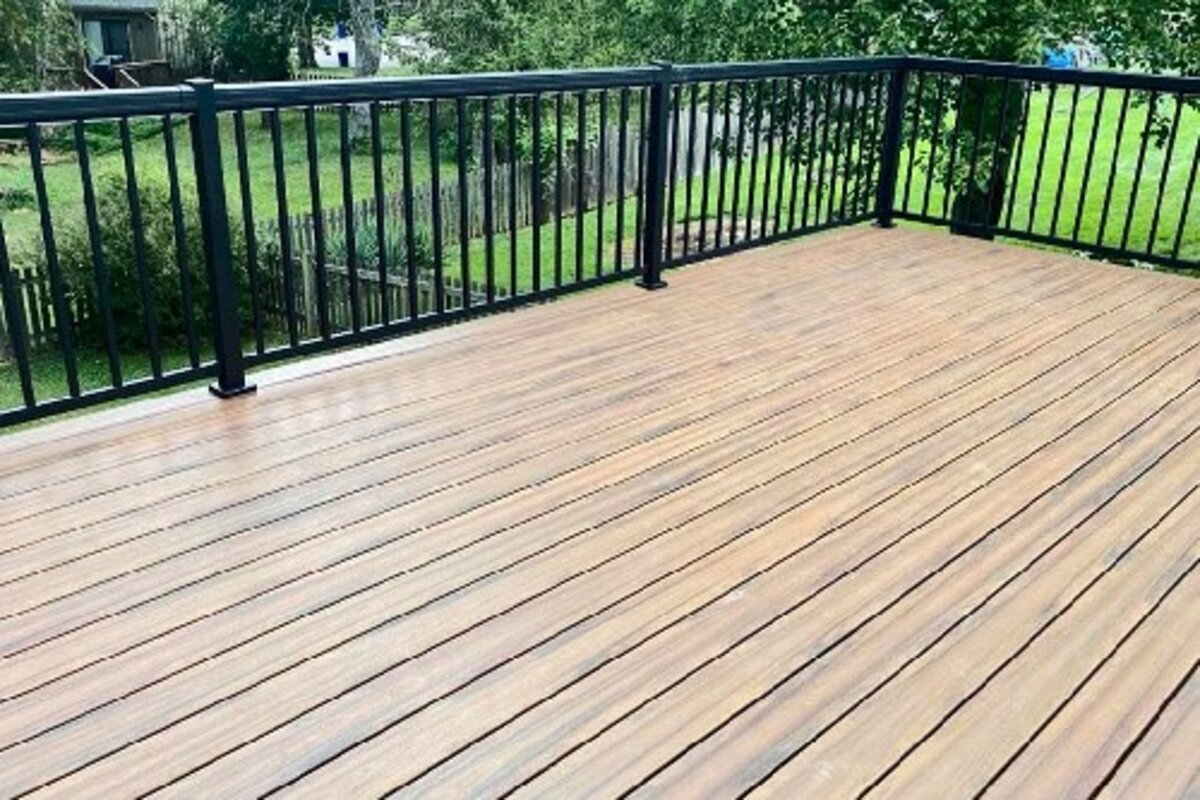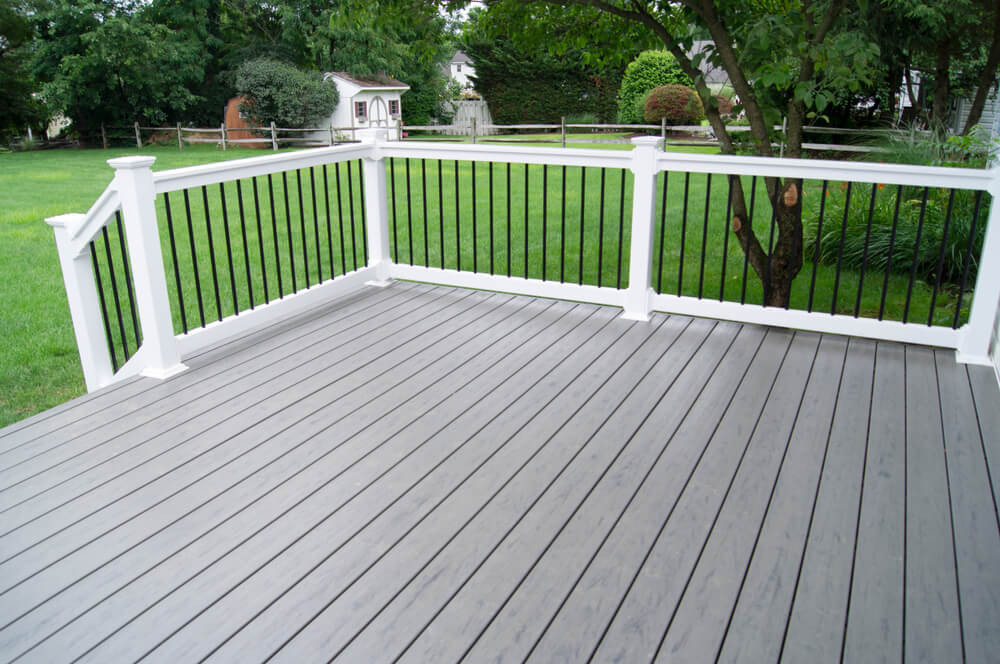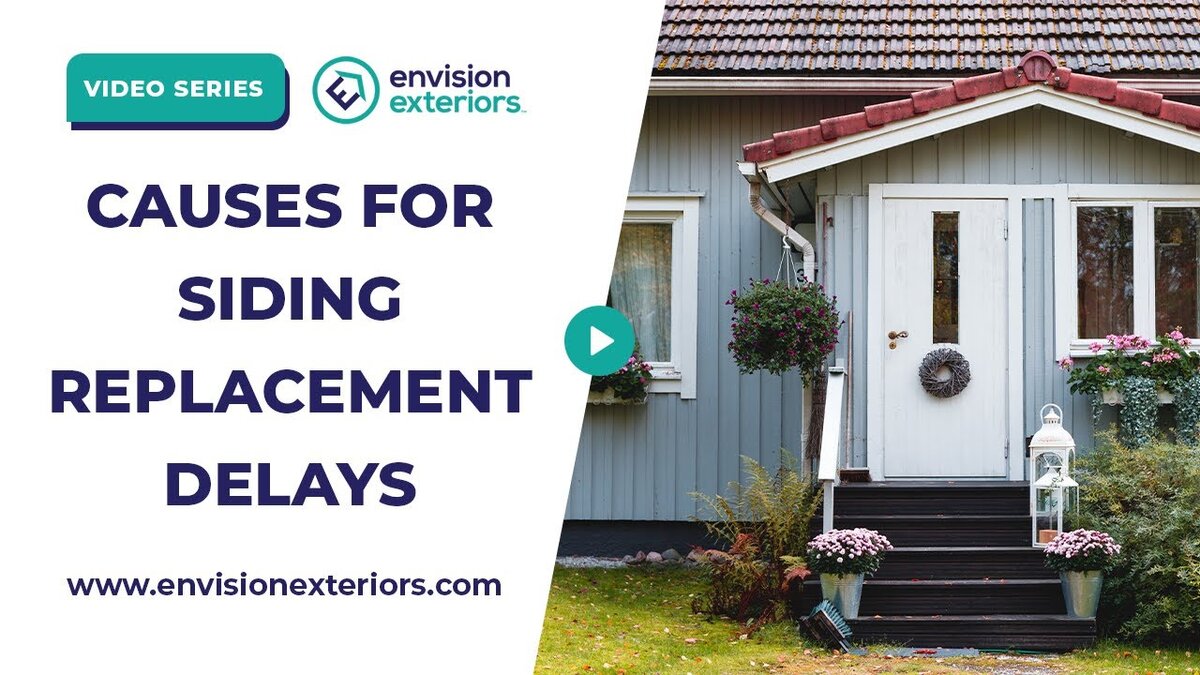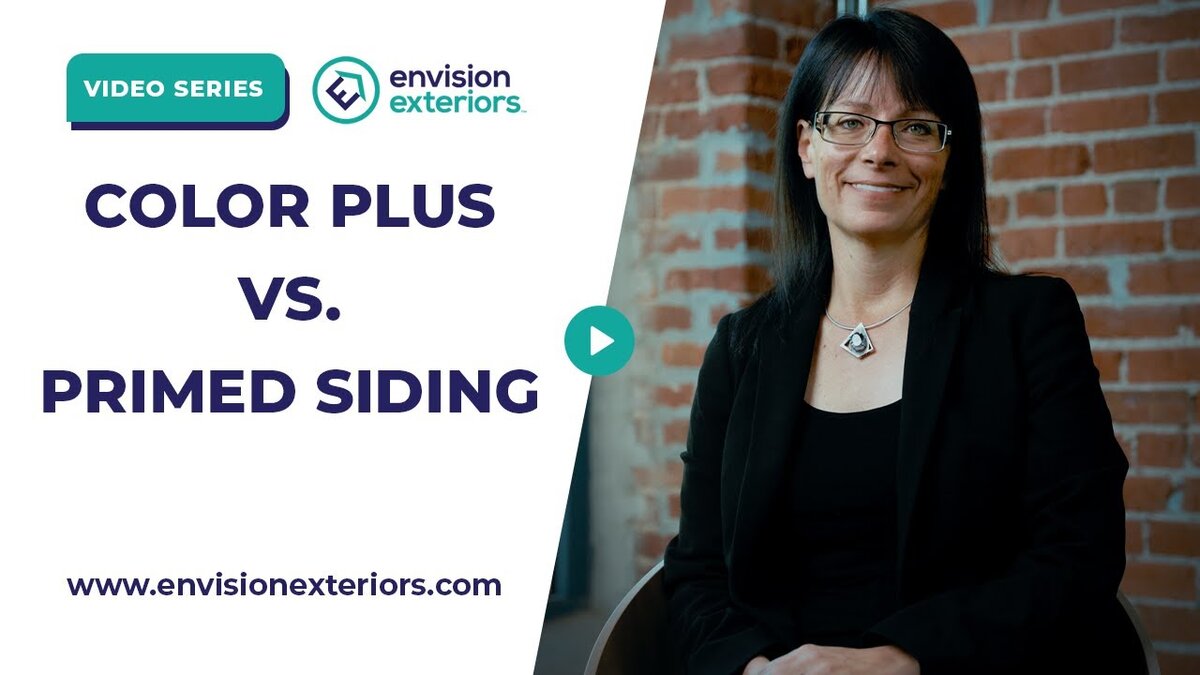Choosing the right decking material is a crucial decision for homeowners who want to enhance their outdoor living spaces. Wood and composite decking each offer unique advantages and challenges, impacting not only the look and feel of your deck but also its maintenance needs and longevity. In this article, we’ll explore the differences between traditional wood and modern composite decking to help you determine which material best suits your home’s style and your personal preferences.
Wood Decking: Traditional Elegance
Durability and Maintenance
Wood decking, often crafted from pressure-treated lumber or naturally resilient species like cedar or redwood, exudes a classic appeal. Its natural grains and earthy tones lend warmth to any outdoor setting. However, wood requires regular maintenance, including staining, sealing, and occasional repairs to combat moisture, rot, and insect damage.
Cost Considerations
One of the primary attractions of wood decking is its affordability, particularly for pressure-treated lumber. Initial installation costs are typically lower than composite alternatives, making it an appealing option for budget-conscious homeowners. However, long-term maintenance expenses should be factored in, as they can accumulate over time.
Composite Decking: Modern Versatility
Durability and Low Maintenance
Composite decking, composed of a blend of recycled plastics and wood fibers, offers unparalleled durability and longevity. Unlike wood, composite boards are resistant to rot, decay, and insect infestations. Additionally, they require minimal maintenance, with no need for staining, sealing, or sanding. A simple periodic cleaning with soap and water is usually sufficient to keep composite decking looking pristine.
Environmental Impact
For eco-conscious homeowners, composite decking presents a compelling option. By utilizing recycled materials, composite boards contribute to sustainability efforts by reducing waste and minimizing the demand for virgin resources. Furthermore, the longevity of composite decking reduces the need for frequent replacements, further lessening environmental impact over time.
Choosing the Right Decking Material
Appearance and Aesthetic Preferences
Wood and composite decking each offer distinct visual characteristics. Wood decking exudes natural beauty, with its rich colors and textures enhancing outdoor spaces. On the other hand, composite decking provides a consistent appearance, with a wide range of colors and finishes available to suit various design preferences. Consider your aesthetic preferences and how each material complements your home’s exterior.
Climate and Environmental Factors
The climate and environmental conditions in your area can significantly impact the performance and longevity of your decking material. Wood decking may be prone to warping, splintering, and fading in harsh climates, whereas composite decking maintains its structural integrity and appearance in diverse weather conditions. Evaluate the climate and environmental factors specific to your region when selecting the most suitable decking material for your home.
In summary
Choosing between wood and composite decking ultimately depends on your priorities, preferences, and budget. While wood decking offers timeless elegance and affordability, composite decking provides unmatched durability and low maintenance. Consider factors such as appearance, durability, environmental impact, and long-term costs when making your decision.
If you need further assistance or have any questions, feel free to contact us for personalized guidance tailored to your specific needs.







